By Jo-Anne Bowen
A spark of excitement fills the air and all eyes are on the horizon.
Soon, a faint rustle is heard.
Then, at the top of the mound, we see the first elephant baby.
Soon two other orphan elephants follow.
They are here for their mid-morning delight:
A giant bottle of milk and some frolicking in the mud!
This is the daily 11 am routine at the Sheldrick Wildlife Trust’s Nairobi Nursery in Kenya.
Psst, don’t forget to pin this post! It’s an easy way to help this project that is working to save orphaned baby elephants:
What Is Sheldrick Wildlife Trust’s Orphans’ Project?
The Orphans’ Project is part of the Sheldrick Wildlife Trust, a not-for-profit established in 1977 by the late Dr. Dame Daphne Sheldrick in memory and to honor her husband David Sheldrick, the founder, and warden of Tsavo National Park.
The goal:
To protect and preserve wildlife and habitats in Kenya, for the betterment of all species.
Diving deeper, the Orphan’s Project rehabilitates orphaned elephants and rhinos back into the wild.
Want to help rehabilitate orphan #elephants and #rhinos in Africa back into the wild? Read this. Click To TweetThe Trust holds the distinction of being the most successful orphaned elephant rescue in the world — over 230 orphaned elephants have been successfully hand-raised.
Their work is pioneering in East Africa. For instance, they were the world’s first organization to “successfully hand-raise orphaned milk-dependent elephants and reintegrate them back into the wild through its Orphans’ Project”.
If you love ethical wildlife vacations or are interested in learning how to visit and/or adopt a baby elephant in Kenya, this will absolutely be a must-visit on your trip to Africa.
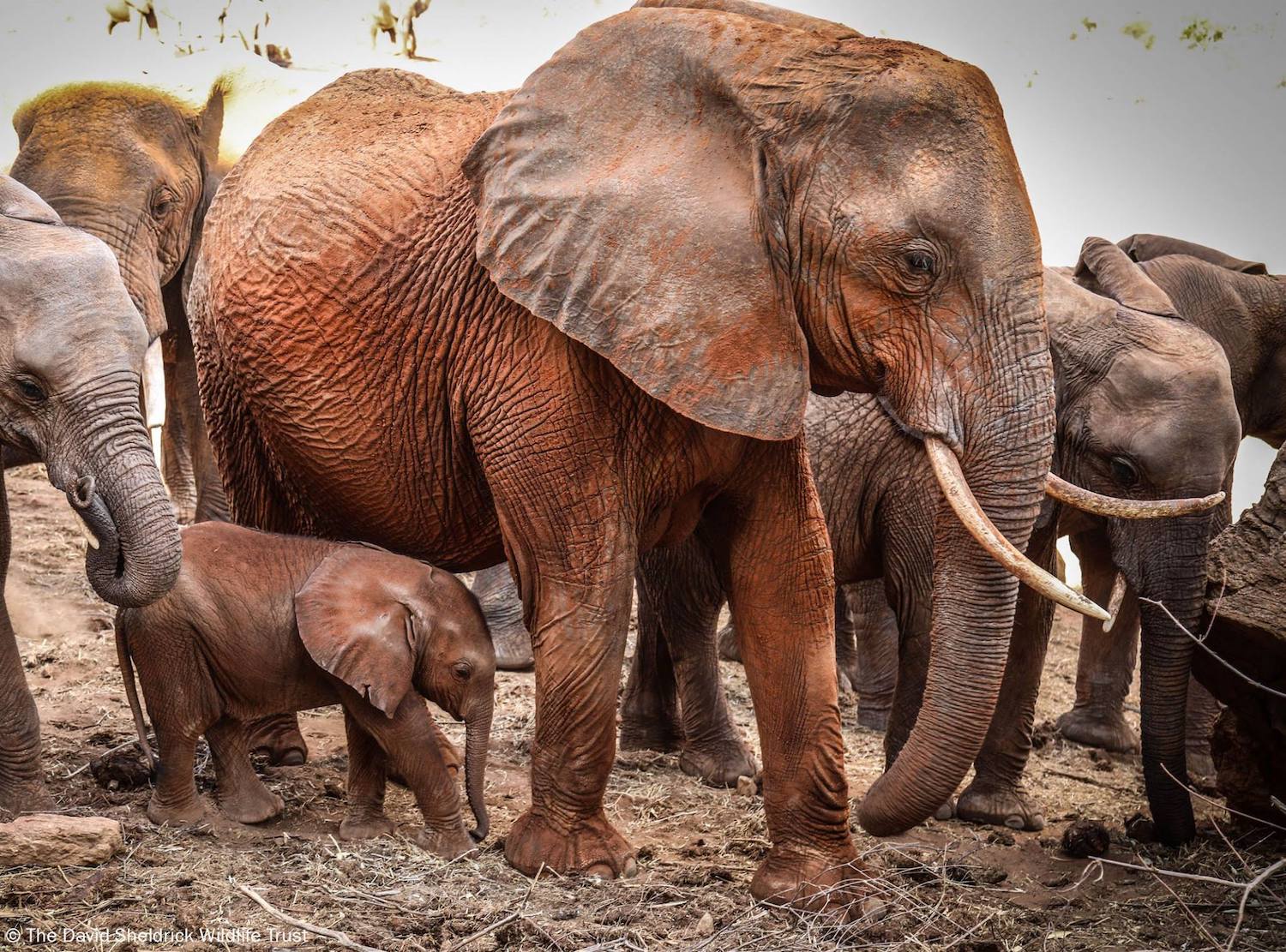
How These Elephants Became Orphaned
These baby elephants are lost, abandoned and/or orphaned.
Reasons vary and fall into several categories:
- Accidents
- Lack of water
- Human encroachment
- Poaching
The first reason, accidents, might include a young elephant falling in a well or a mother dying from an injury.
Lack of water might result in the mother dying from drought — especially in the semi-desert areas.
Human encroachment, the third reason, might include the baby being separated from the elephant family by humans or humans encroaching on migration paths.
Then there is animal poaching, a huge problem in Africa, with Kenya being no exception. Side note, the issue is so large, Kenya has rhino guardians that risk their lives to help save local wildlife from poachers, though having the guardians is also a testament to the strides Kenya has made in protecting wildlife.
In terms of elephants, it is estimated that over 25,000 of these emotional creatures are killed each year.
Poachers kill the mother and the baby is left as an orphan.
In the fall, there were 21 “residents” at The Trust’s Nairobi Nursery.
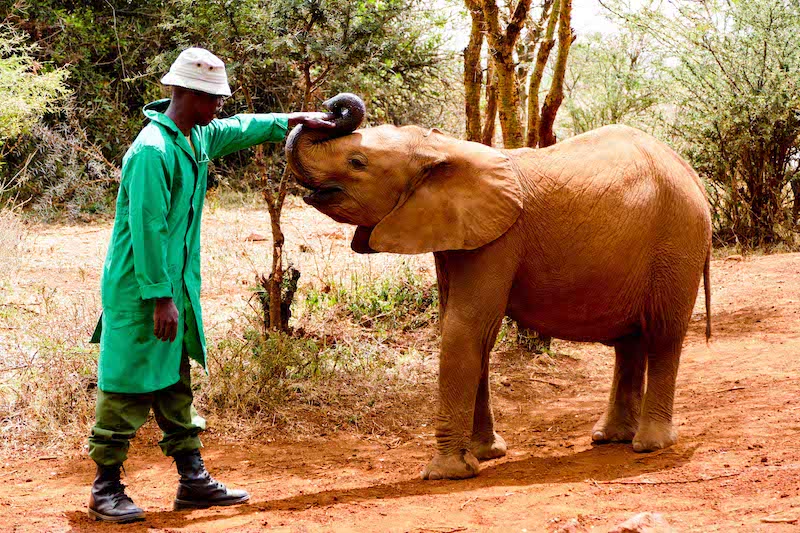
Each baby has a name, often inspired by the region where they were found.
They spend their days browsing together and are divided into two groups for feeding, depending on age, with around 18 years being the dividing line. At around three years of age, the orphans are moved to one of three Reintegration Units in Tsavo National Park.
The Sheldrick Wildlife Trust website also gives full biographies of the baby orphans and introduces the newest resident, Larro.
Good news:
In December, three orphans were moved from the Nursery to one of the Reintegration Units in Tsavo East National Park, where they began the journey of returning to the wild. You can read more about the beautiful story here.
What Young Elephants Need
Elephant babies are much like human babies:
They need food, shelter, “clothing”, touch and toys for stimulation.
For nutrition, elephant babies are dependent on milk for their first few years.
Up to between four-to-six months, they have no teeth and thus need milk to survive. Even after they have begun browsing they need milk to sustain their growth and development.
Once they reach about six years of age they’re gradually weaned off, as the elephant starts to ingest more of nature’s vegetation.
How beautiful are these orphan baby elephants in #Kenya? Check them out + learn how to help. #wildlife Click To TweetWhen first found, the babies are often traumatized and need touch and security.
In fact, the Keepers sleep with the youngest babies day and night. About 18 months and over, a Keeper sleeps in every other stockade, or every three stockades, still ever present.
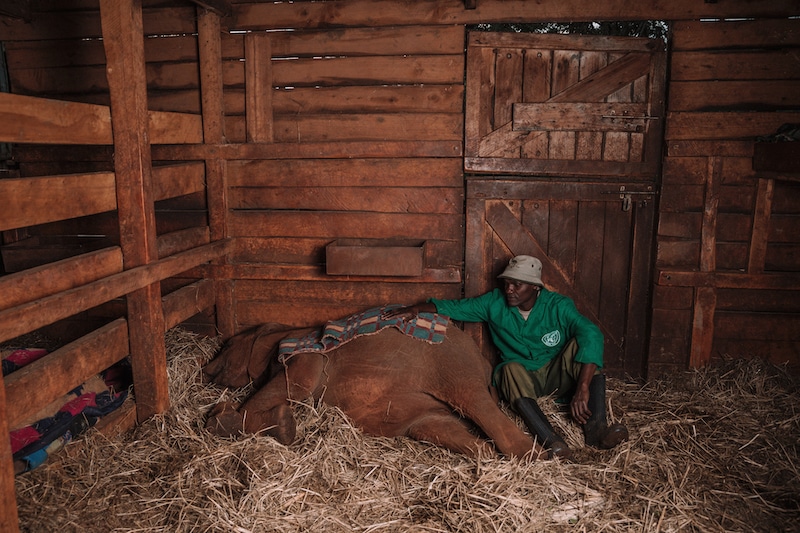
In the wild, a baby stays under its mother’s tummy for a year.
During that time, the mother touches it with her trunk every five-to-ten minutes, giving it reassurance and love.
The Keepers replicate this by encouraging the baby orphan to stay close and snuggle often.
The babies spend their day in the natural environment of the Nairobi National Park so they grow in a natural habitat, socialize with one another and further develop the closeness and “family” bonds.
At dusk, security is provided at the stockade.
At 5pm, the orphans return to the security of the shelter.
“Clothing” consists of blankets when the orphans are young and need warmth and also natural mud baths to protect elephant skin from the sun.
The shelter has a variety of toys around the feeding station.
Toys for young elephants consist of natural toys like logs and branches and also more human toys like balls and rubber tires.
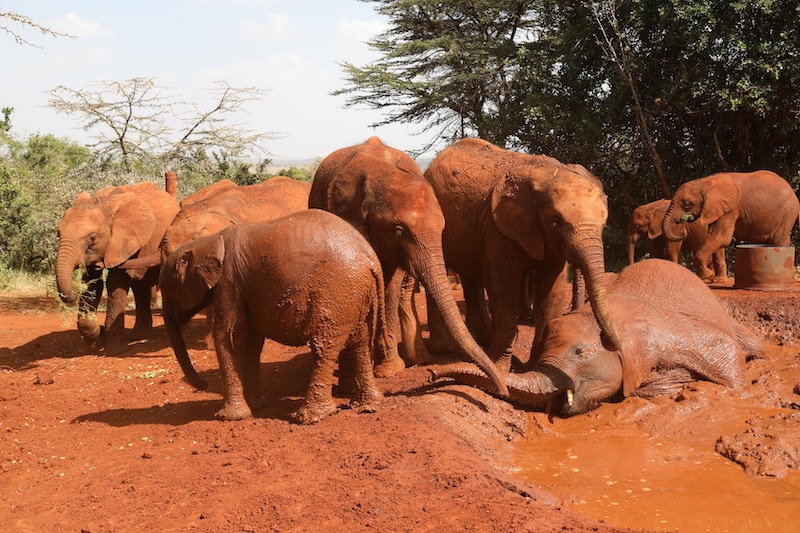
All orphans begin in Nairobi, where the goal of rehabilitation to the wild is first put into action.
Rehabilitation takes place at one of their three Reintegration Units in Tsavo East National Park and Kibwezi Forest.
Both are huge areas with plenty of vegetation to ensure the elephant’s survival. In fact, Tsavo National Park is the largest in Kenya and has the largest population of elephants in the country.
The journey doesn’t end with the first days of rehabilitation as it takes between five-to-ten years for orphan elephants to make friends amongst the wild elephant herds, and the herds of ex-orphans too.
They also need to learn to live more independently.
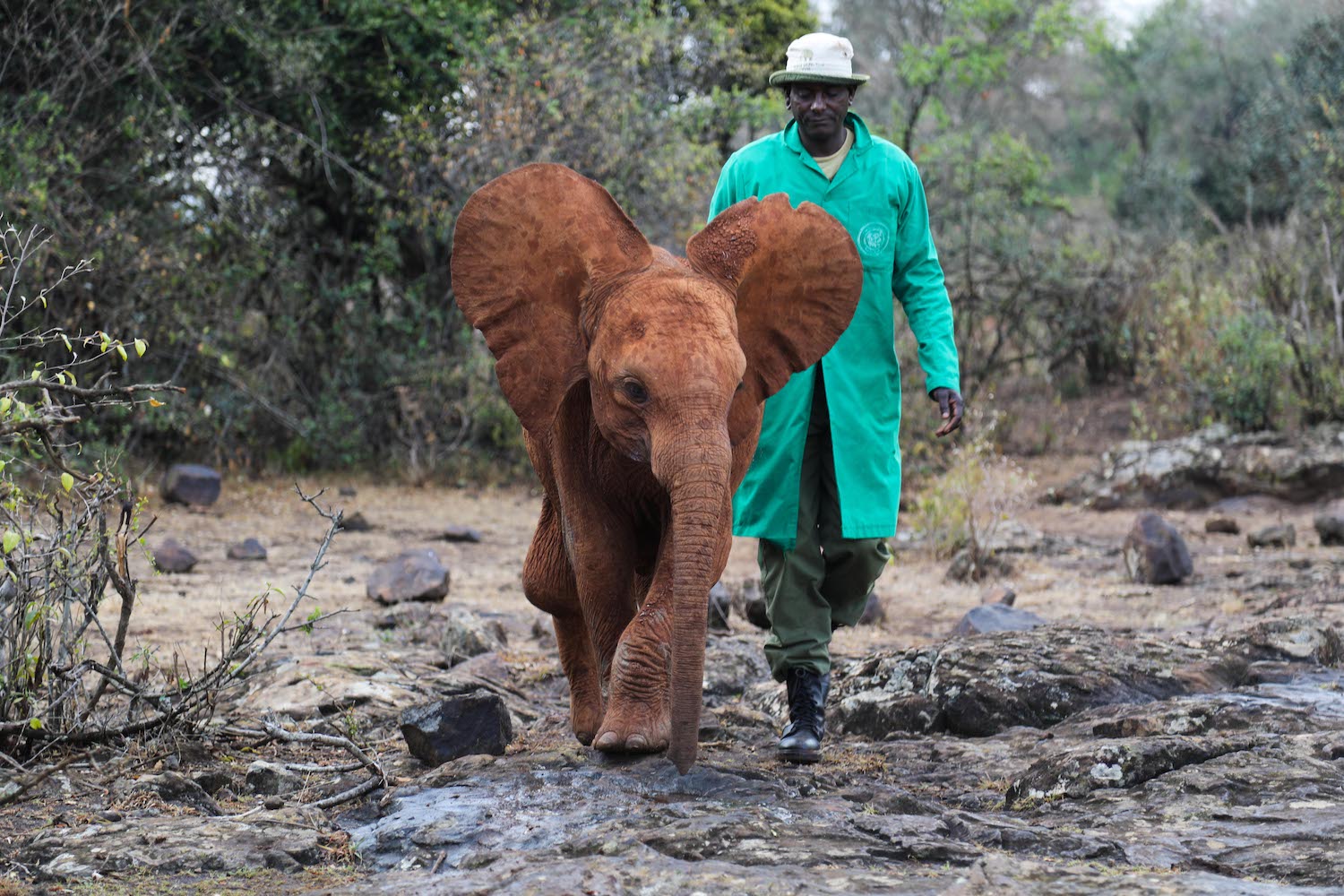
The elephants remain dependent on the dedicated Keepers at these units for a number of years.
As some elephants are growing and becoming wild, there are a number of still young and dependent elephants there that are not ready yet — they move elephants in groups together from the Nairobi Nursery after most rainy seasons — so there are always more babies moving up the ranks.
Sheldrick Wildlife Trust Location & Hours
KWS Central Workshop entrance, Magadi Road, Nairobi National Park, Kenya.
Open 11 am to noon daily, except Christmas Day.
During this time, one of the keepers gives an educational talk describing the orphans and the workings of the site.

You will see the orphans being fed from gigantic milk bottles and you will chuckle as they frolic in the mud.
Then the Keepers encourage the orphan elephants to wander along the fence lines, so you can touch them if the elephant allows you to.
Want to see and help #wildlife? You must add this #Africa experience to your bucket list. Click To TweetSuggestion:
Arrive early in order to be near the front of the line so that you can be right next to the rope cordon during the visit.
This experience is a highlight of a trip to Kenya and not to be missed!
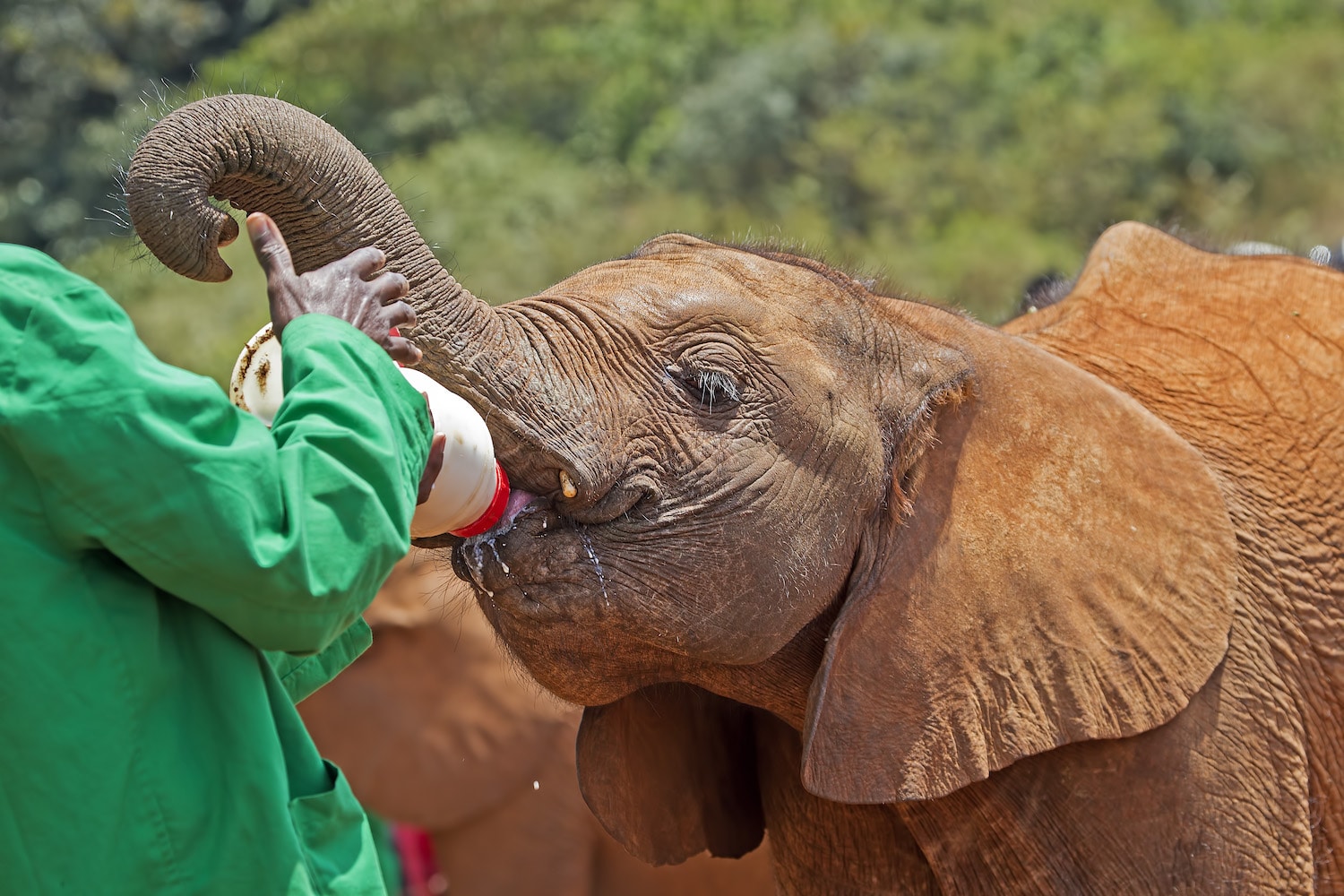
Ways You Can Help
Foster A Baby Elephant
For only $50 yearly, you can foster a baby elephant orphan.
This also makes a nice gift for someone.
Foster parents also have another benefit:
They can make a 5pm appointment, upon availability, to view the orphan elephants returning to the stockade for the night.
This appointment must be made in advance.
Contact The Trust at [email protected].
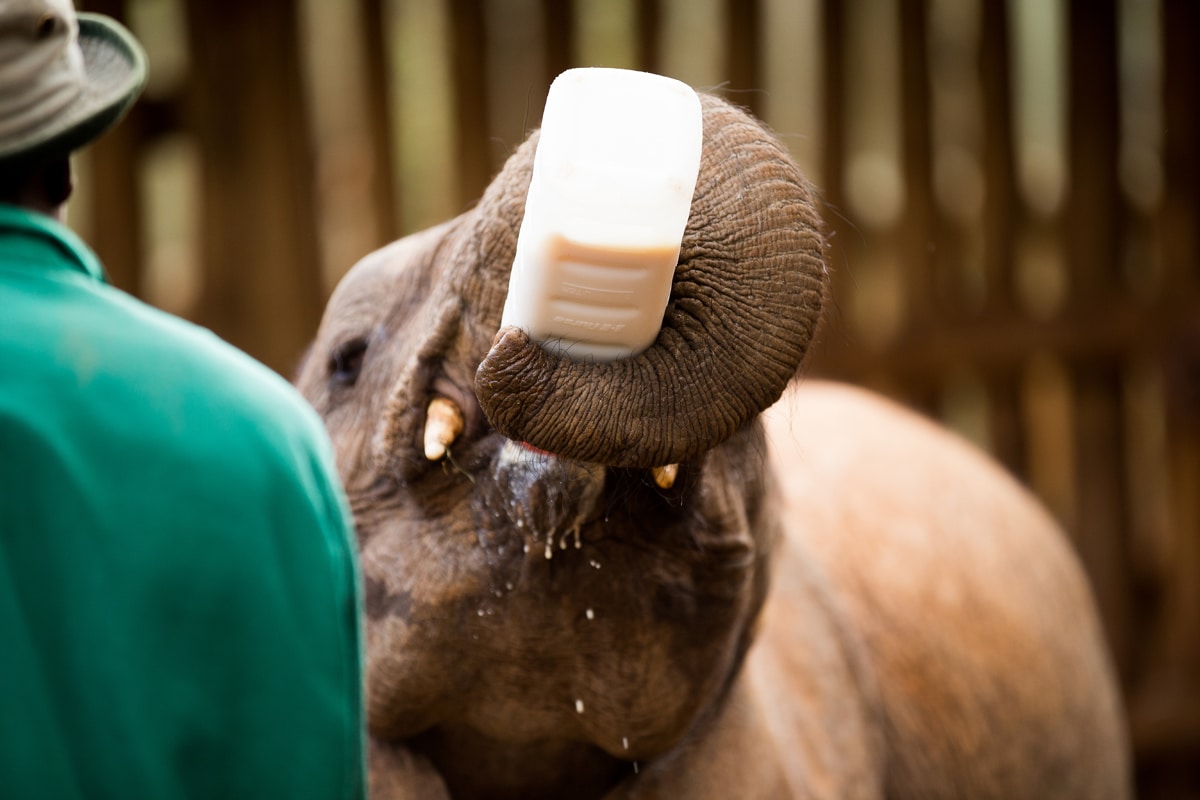
Follow The Sheldrick Wildlife Trust On Social Media
Click here for their:
This allows you to stay educated about what is going on with the Sheldrick Wildlife Trust and their orphaned elephants, and share important, potentially life-saving information with your community.
Make A Purchase That Helps Orphaned Elephants
Check out also the Sheldrick Wildlife Trust Shop for everything to do about elephant orphans from canvas tote bags, watercolors of the orphans, branded clothing, calendars, and elephant charms.
Avoid Purchasing Products Made From Elephants
Ivory is often used to make jewelry, while elephant legs and feet are used for furniture.

Can I Volunteer With These Elephants?
The Sheldrick Wildlife Trust does not offer volunteer opportunities.
Why?
Because one of their aims is to employ as many Kenyans as possible.
Unemployment in the country is very high, so this is another way The Trust enriches the community.
That being said, there are other ways to volunteer.
Help #EndPoaching and save African #wildlife. Here is how. Click To TweetConsider volunteering for the Sheldrick Wildlife Trust USA. For information, email [email protected].
Another way you can help:
Campaign for wildlife in your local area.

More About The Sheldrick Wildlife Trust
Besides raising orphan baby elephants, The Trust also cares for baby orphan rhinos, runs anti-poaching and de-snaring units, operates mobile vet units and Sky Vets.
A small snapshot of the incredible impact they’ve had:
- 150,000+ snares removed to date
- 500,000+ children reached through community projects
- 80,000 acres of exceptional biodiversity owned or leased with local partners
- 11 national parks and four national reserves benefit from a Sheldrick Wildlife Trust presence
- 30 known calves born to orphans now living wild
- And more.
More information may be found on their website here.
References:
- Educational talk at the Orphans’ Project
- Sheldrick Wildlife Trust Website
- Mothered in nature: Intrepid Explorer Edition Three 2018
Want to visit and adopt a baby elephant in Kenya? Have other suggestions for helping Africa wildlife? Please share in the comments below!
Want to help orphaned elephants? Help educate your community and share this post on Pinterest!
PIN
Jo-Anne Bowen
Latest posts by Jo-Anne Bowen (see all)
- How To Visit & Adopt A Baby Elephant In Kenya - Mar 19, 2019

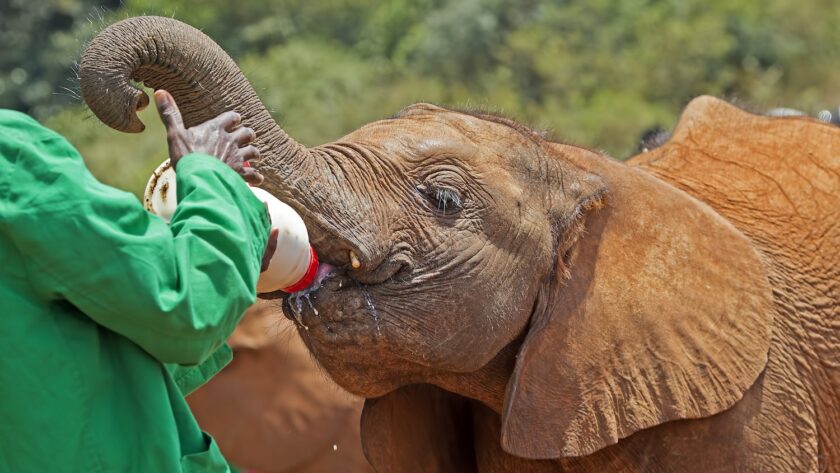
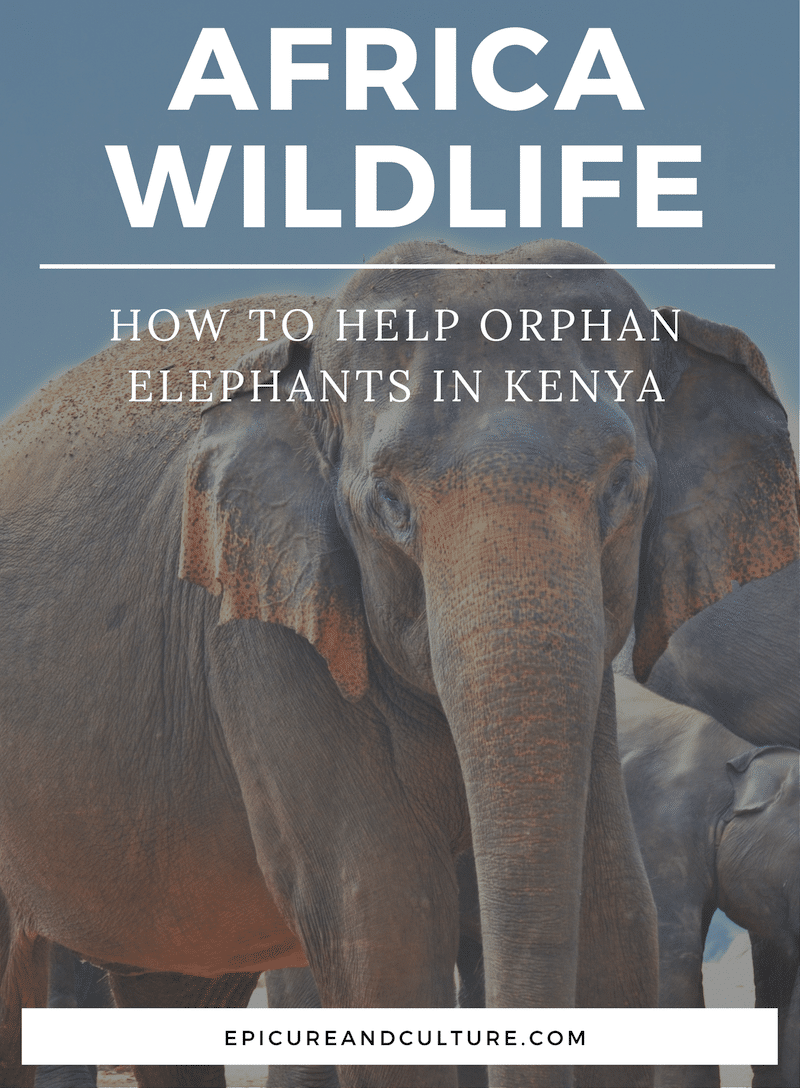
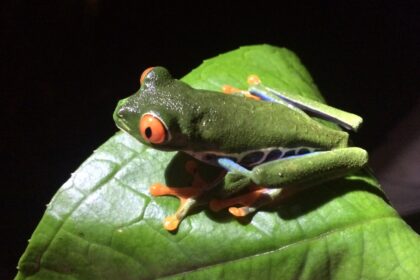
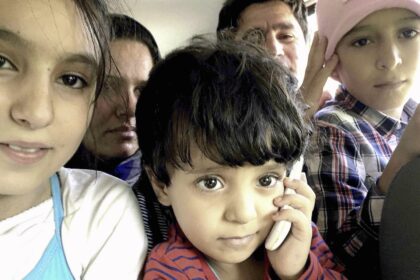

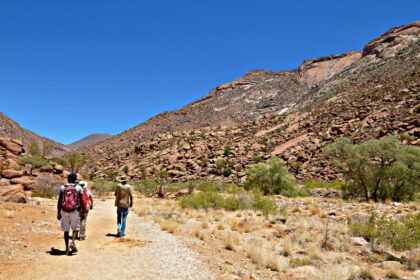
Wonderful post Jo-Anne.
Heart and wonder accompanied me in reading.
Thank you
Thank you for your comment, Charlotte!
This is a lovely, lovely blog. It warms my heart just thinking of the baby elephants and the people who give and energy taking care of them. The information here is just great, knowing that these young elephants are like real babies, too! I would love to adopt one and make sure its welfare is taken care of. Thanks for your blog, giving a way to people to take care of animals, too, in many other ways directly or indirectly.
Thank you for your kind words, Kristen. I’m glad you like my blog. You might enjoy my postings on instagram: http://www.instagram.com/joannesjourneys.
Thank you for your comments, Krisan. I hope you looked into adopting.
Thank you for your comment and commitment!
I really want to visit and adopt an elephant. I have great love for them and I would wish not only to adopt him or her but also if allowed watch the growth through frequent visits and spending time together
What a wonderful project, this sounds like such an amazing experience. Incredible to think of the dedication that the keepers work with, and even better to see the dedication paying off.
Lovely. Hopefully, this will raise awareness about elephants.
Thank you for the article! Elephants are great animals!
wow! this one more informative information who loves animals….
amazing article like this http://www.goodmorningtamil.com
This is a lovely suggestion. I was always looking forward to having an elephant as a companion, this way I can give back too. Thank you
Excellent, simply congratulations for this great article, I really enjoyed reading and understanding this information. Greetings!
I have been thinking of doing this for a while. Your article has pushed me to take action. Thanks for the helpful info.
Maskad offers best RF microneedling post care mask for your specific skin type and procedure. When it comes to selecting a post-procedure face mask, there are a few things to keep in mind. After a facial treatment or any other cosmetic procedure, your skin may be more sensitive than usual and may require some extra care and attention. A good post-procedure face mask should be gentle on the skin, hydrating, and nourishing.